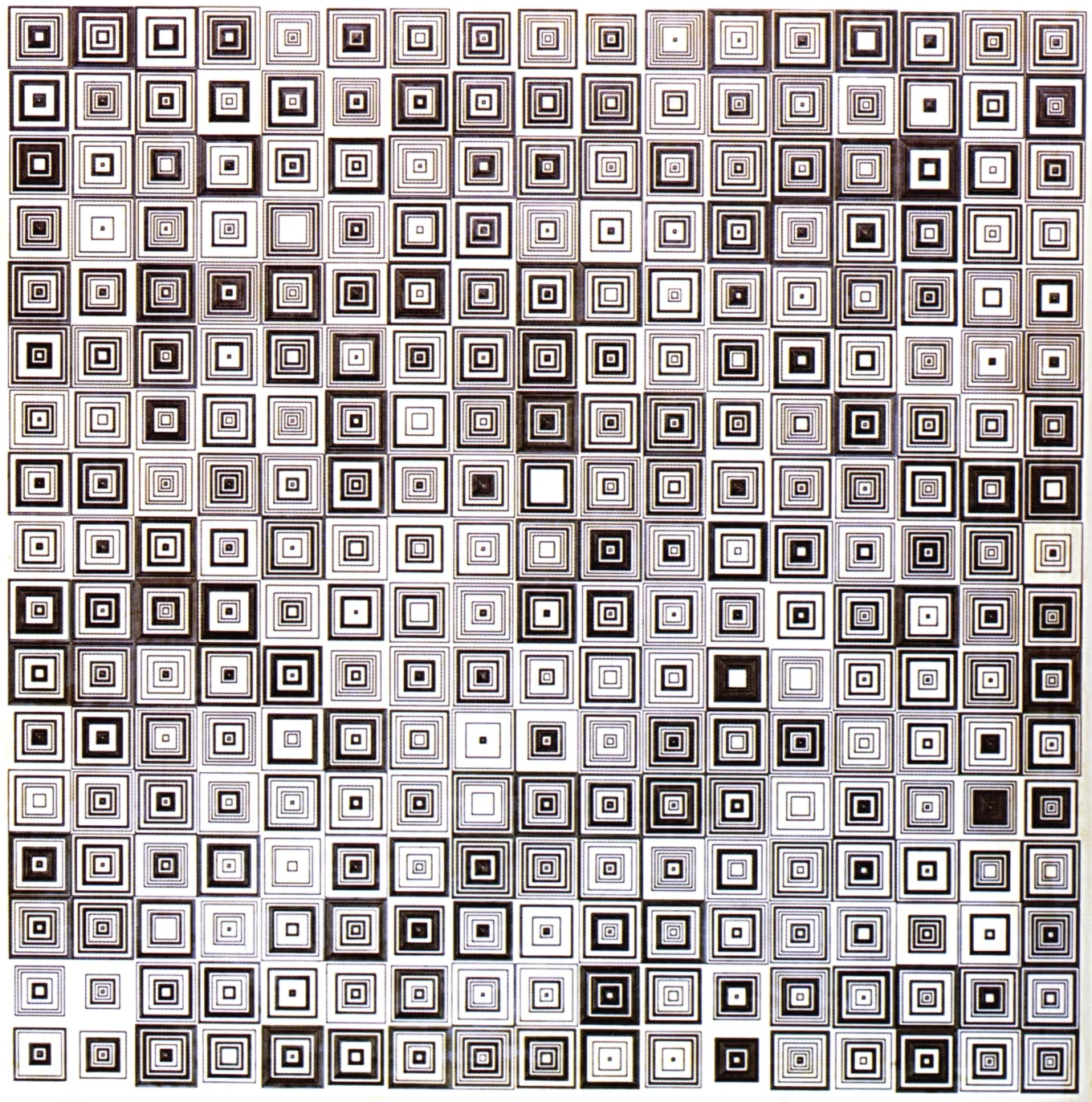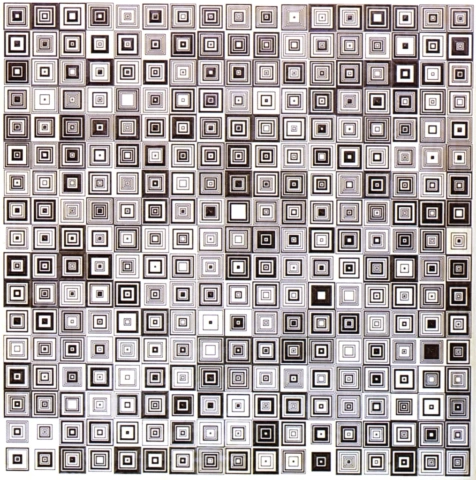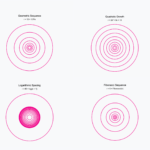Digital Desire: Why We Collect Digital Art
In a world where screens have become our primary window to culture, the way we collect and value art is transforming. The rise of digital art—and more specifically, NFTs—has introduced new motivations for collecting. It’s no longer just about possessing a beautiful object; it’s about ownership, status, technology, and a deep sense of digital belonging.
So, what drives the desire to collect digital art? And why do we feel compelled to own a piece of an artist’s vision when it exists purely in the digital realm?
The Art of Desire: Why We Collect
Art collecting has never been a passive act; it is an expression, a reflection, and a statement of self. Some are drawn to the raw emotional power of an artwork—the way it pulls at something unspoken within them, the way it transforms a blank space into a place of meaning. Others seek pieces that carry the weight of history, artifacts of cultural evolution, frozen moments of artistic rebellion and innovation.
For many, collecting art is about prestige, about owning something that few others can possess. Rarity and exclusivity have long been the currency of the art world—scarcity makes a work more valuable, more coveted, more of a prize to be won. And of course, there are those who see art not just as beauty, but as an asset, something to be acquired, appreciated, and eventually sold for more than it was bought. In the end, art is a mirror: we collect to see ourselves in it, to belong to the world it represents.
Beyond the Canvas: The Digital Renaissance
While traditional art exists in a world of physicality, digital art exists in the realm of code, light, and limitless possibilities. It is not bound by canvas or paint, yet it carries the same artistic soul—driven by creativity, emotion, and vision. Digital collectors are not just looking for beautiful images; they are seeking innovation, pushing boundaries, and embracing new frontiers of artistic expression. Generative algorithms, AI-driven compositions, interactive experiences—digital art is where the future of creativity unfolds in real time.
Ownership takes on a different meaning here. In the digital realm, provenance is everything. Blockchain technology ensures that an artwork, once owned, is verifiably and indisputably yours. There is no forgery, no ambiguity, just pure, authenticated possession. And with art that exists beyond the limitations of space, collectors can showcase their collections everywhere—on screens, in virtual worlds, and across the ever-expanding metaverse.
Digital art is also deeply intertwined with internet culture. It draws from memes, gaming aesthetics, and online subcultures in a way that traditional art rarely does. It evolves at the speed of technology, shaped by those who live and breathe the digital experience. Collectors aren’t just buying art; they are participating in a movement, connecting directly with artists, and reshaping the very concept of creative ownership.
The Shifting Landscape of Digital Art
The motivations behind collecting are shifting, as the landscape of digital art transforms before our eyes. The market is maturing. Curation is taking precedence over hype. Collectors are seeking pieces that hold meaning, not just monetary potential.
AI and generative art are on the rise, blurring the line between artist and algorithm, creativity and code. This has sparked both excitement and debate—who owns the authorship of a work created by an artificial mind? Meanwhile, the on-chain art movement is gaining traction, where artists ensure that their creations live fully on the blockchain, not just as linked files but as immutable digital artifacts.
Community-driven collecting is also reshaping the space. Decentralized autonomous organizations (DAOs) are pooling resources to acquire and curate art collectively, challenging traditional models of ownership. And as the physical and digital worlds merge, “phygital” experiences—where digital art is integrated into real-world spaces through augmented reality or embedded technologies—are creating new ways to experience and interact with art.
Early, Rare, Flex: The Essence of Digital Desire
Within this evolving landscape, our first series presents three statements about why we collect:
Early is for those who recognize the power of being early—the ones who saw the future before the rest. To own it is to hold a piece of history, to claim a moment that others overlooked.
Rare speaks to the thrill of exclusivity. It is for the collector who understands that true value lies in scarcity, in securing what few others can.
Flex embraces the undeniable truth that art, at its core, has always been a display of status. To own it is to embody value itself—an assertion of status, a declaration of belonging to a select group of collectors who influence and define the perception of value.
Three collections. Three motivations. Three reasons why we collect.
Modus





